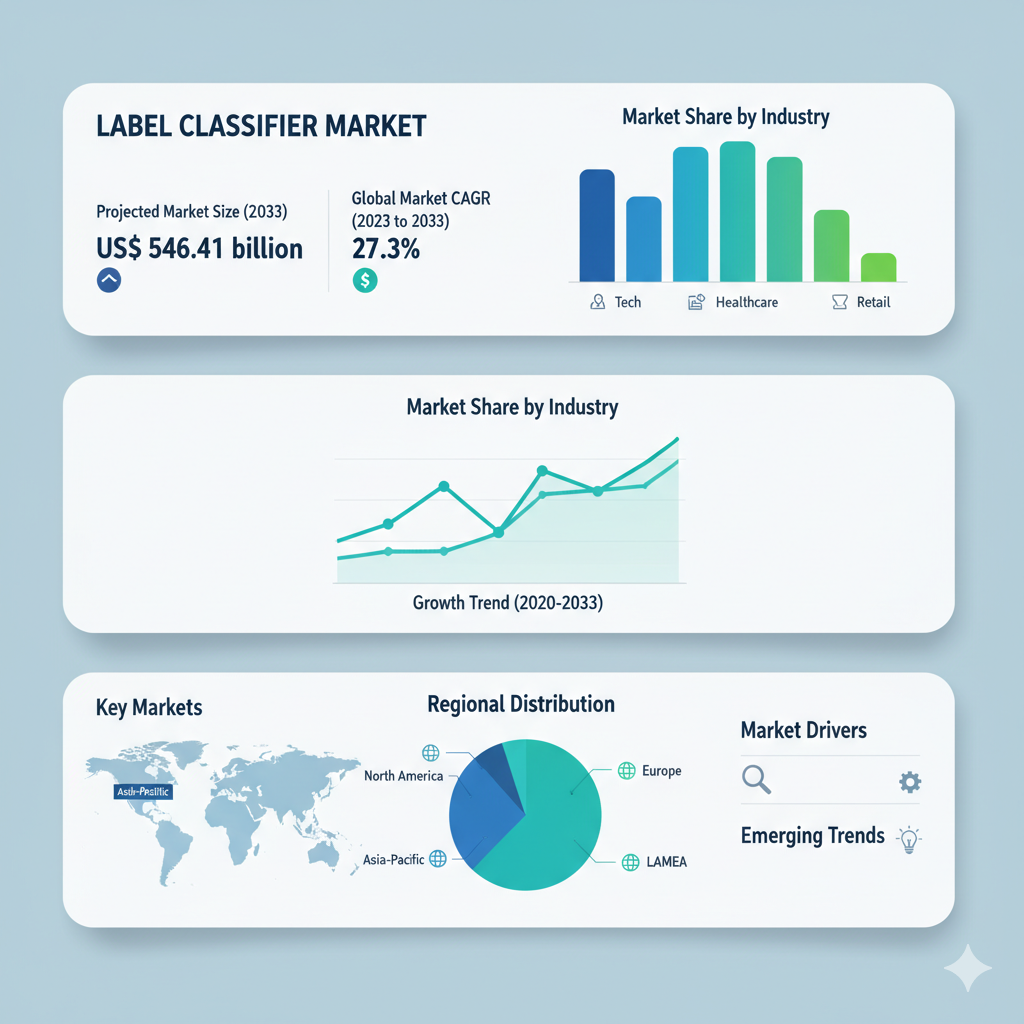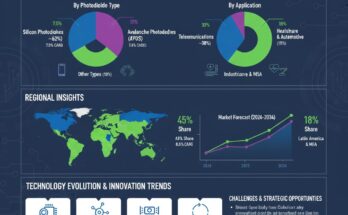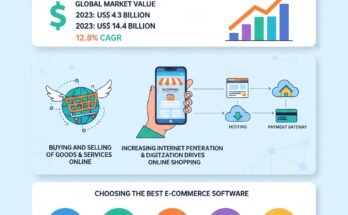The global label classifier market is anticipated to be worth US$ 48.89 billion in 2023 and is projected to escalate to US$ 546.41 billion by 2033. This dramatic growth reflects a compound annual growth rate (CAGR) of 27.3 % over the forecast period. Such expansion is driven by the accelerating adoption of artificial intelligence and machine learning across industries, as enterprises seek automated and scalable solutions for data labeling, classification, and intelligent decision-making.
As organizations increasingly depend on large volumes of structured and unstructured data, label classifiers have become essential tools for transforming raw data into actionable insights. Their ability to streamline processes, improve efficiency, and reduce human error positions them as key components of digital transformation strategies worldwide.
Classification Technologies: Rule-based, Statistical, and Machine Learning Approaches
The label classifier market is defined by three major technological categories: rule-based, statistical-based, and machine learning-based systems.
Rule-based classifiers rely on predefined logic or heuristics to assign labels to data points. They are particularly effective in controlled environments with clear and stable decision rules. Due to their transparency and simplicity, they remain popular in sectors where explainability is critical, such as healthcare and finance. However, their lack of adaptability can limit their application in complex or dynamic datasets.
Statistical-based classifiers, on the other hand, employ probability models and statistical inference to predict outcomes. They perform well when relationships between variables follow predictable distributions, such as in credit scoring or fraud detection. These models are valuable for their ability to manage uncertainty, though they may fall short when data exhibits highly nonlinear or irregular patterns.
Machine learning-based classifiers represent the most advanced and rapidly expanding category. Powered by algorithms such as neural networks, decision trees, and ensemble models, these systems learn from large datasets to identify intricate relationships and patterns. Their superior accuracy, scalability, and flexibility make them the dominant technology in the market today. The growing focus on automation and predictive analytics continues to boost demand for machine learning-based classifiers across multiple industries.
Target Verticals: Healthcare, Banking, Finance, Insurance, Retail, and Others
Label classifiers have found broad applications across diverse industries. In the healthcare sector, they assist in diagnosing diseases, classifying medical records, and managing imaging data, enabling faster and more precise clinical decisions. In banking and finance, classifiers are essential for fraud detection, customer segmentation, and credit risk evaluation, providing real-time insights that enhance security and compliance.
The insurance industry relies on label classifiers for automated claims processing, risk assessments, and document classification, improving efficiency and accuracy. Within retail, these systems streamline operations by supporting product categorization, sentiment analysis, and customer behavior tracking. Beyond these sectors, label classifiers are also used in manufacturing, logistics, telecommunications, and government agencies, where they enhance data management and operational decision-making.
Large enterprises are leading adopters, implementing advanced machine learning systems capable of handling high data volumes and complexity. Small and medium-sized enterprises, meanwhile, are turning to cloud-based or hybrid models that provide cost-effective and scalable deployment options.
Recent Market Developments & Competitive Landscape
Recent developments in the label classifier market have focused on cloud migration, open-source collaboration, and strategic partnerships. Cloud-based deployment has gained momentum as companies seek scalable and flexible solutions that reduce infrastructure costs and simplify integration with existing data pipelines. Open AI collaboration initiatives are also driving innovation by enabling shared model development while ensuring data privacy and security.
Leading companies such as Google, Microsoft, Amazon Web Services, and IBM are leveraging their robust AI platforms to dominate the market. Their integrated cloud-based tools allow organizations to deploy and train classification models efficiently at scale. Specialized firms like H2O.ai, Clarifai, Meya.ai, and Ayasdi are differentiating themselves by offering domain-specific solutions and enhanced explainability features. Hardware and labeling ecosystem players such as Avery Dennison, Zebra Technologies, CCL Industries, Honeywell, Impinj, and NXP Semiconductors are also expanding into digital classification, particularly where physical labeling and IoT technologies intersect.
Competition in this market is intense. Key differentiating factors include model accuracy, speed, scalability, integration capabilities, and cost efficiency. As the market matures, companies are investing heavily in research and development to enhance transparency, interpretability, and cross-domain adaptability.
Challenges, Opportunities, and Strategic Imperatives
Despite its rapid expansion, the label classifier market faces several challenges. There is an ongoing shortage of skilled professionals capable of developing and managing sophisticated models. Concerns around data privacy, security, and algorithmic bias remain significant barriers to adoption, particularly in regulated industries. Additionally, high implementation costs and complex integration requirements pose difficulties for smaller enterprises.
Nonetheless, the market offers vast opportunities. Emerging economies in Asia Pacific, Latin America, and Africa present high growth potential due to their accelerating digital transformation efforts. Hybrid solutions that combine rule-based and machine learning approaches are gaining traction, balancing performance with interpretability. Moreover, as the Internet of Things and edge computing advance, on-device classification systems are expected to grow in demand.
To succeed, industry players must focus on continuous innovation, foster strategic alliances, and enhance explainability and ethical AI standards. Expanding product portfolios and improving interoperability with existing enterprise systems will be essential for capturing the next wave of market growth.


